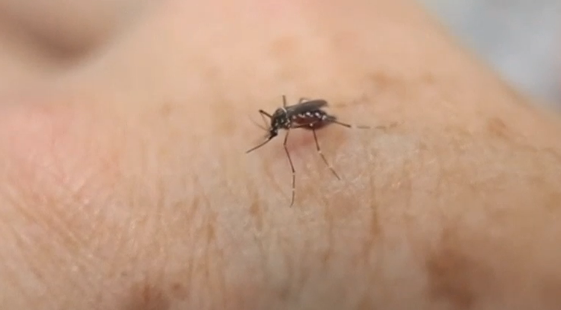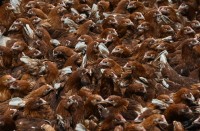
QUEZON City, Philippines (February 8) – Who is Zika? It is actually not a person but a virus. Borne by mosquitoes, Zika causes mild fever, skin rash (exanthema), conjunctivitis (sore eyes) and muscle pain. These symptoms normally last for 2-7 days.

Its name derived from the Zika forest in Uganda, where scientists first identified in 1940’s. The virus was associated with birth defects in Brazil. Since the start of 2015, Brazil has recorded 4,000 cases of microcephaly – abnormal smallness of the head – a congenital condition associated with incomplete brain development. According to an analysis by the Ministry of Health of Brazil, the microcephaly and malformations is associated with infection during the first trimester of pregnancy. It was estimated that eighty percent of people with Zika virus shows no symptoms which makes it difficult for pregnant women to know if they are infected.
Few cases where documented before 2013 but the alarming outbreak was discovered in the Pacific islands and South East Asia. Scientist expects a 1.5 million people to be affected in Brazil.
 Zika is transmitted by common mosquitoes, Aedes aegypti and Aedes albopictus species. The virus spread when mosquito bites someone with Zika, then it bites another host. There is no available vaccine for this virus but the Center for Disease Control and Prevention in USA advises people to treat the symptoms. Get plenty of rest, drink fluids to avoid dehydration, and take medicines like paracetamol to relieve fever and pain. Avoid taking aspirins and other non- steroidal anti-inflammatory to reduce the risk of hemorrhage.
Zika is transmitted by common mosquitoes, Aedes aegypti and Aedes albopictus species. The virus spread when mosquito bites someone with Zika, then it bites another host. There is no available vaccine for this virus but the Center for Disease Control and Prevention in USA advises people to treat the symptoms. Get plenty of rest, drink fluids to avoid dehydration, and take medicines like paracetamol to relieve fever and pain. Avoid taking aspirins and other non- steroidal anti-inflammatory to reduce the risk of hemorrhage.
To prevent the Zika – like dengue and other mosquito-borne virus -authorities advise to cover exposed water containers were mosquitoes may breed. Clean clogged canals and avoid accumulating garbage. Cover exposed skin with long sleeves shirt and trousers. Use repellents that were recommended by health authority.


Most of the areas in Latin America were affected by Zika virus. Cases were also reported in Samoa, in Pacific Islands and Cape Verde in Africa.
“Last year the disease was detected in the Americas, where it is spreading explosively,” Margaret Chan, the World Health Organization director general, said at a special briefing in Geneva. A scientist from W.H. O calculated an estimation of 3-4m to be infected in America over the next year.
The virus can hitch and travel. It is not paranoia to be at least one step ahead from the problem. As always, prevention is better than the cure.
References:
http://www.paho.org/hq/index.php?option=com_content&view=article&id=11552&Itemid=41672&lang=en
https://www.google.com.ph/webhp?sourceid=chrome-instant&ion=1&espv=2&ie=UTF-8#q=microcephaly
(written by Karen Llacuna, edited by Jay Paul Carlos, additional research by Lovely Ann Cruz)







